This is one in a series of posts on the Sony alpha 7 R Mark IV (aka a7RIV). You should be able to find all the posts about that camera in the Category List on the right sidebar, below the Articles widget. There’s a drop-down menu there that you can use to get to all the posts in this series; just look for “A7RIV”.
In a previous post, I showed image of my bookcase made with the Sony a7RIII and a7RIV cameras an the Zeiss Batis 135 mm f/2.8 lens. Those images used the Adobe beta profile for the a7RIV, since the release version wasn’t ready yet. These images use the Adobe Color Profile for both cameras. The images were all about 5 stops underexposed, made with uncompressed raw in single shot drive mode.
- ISO 100, f/5.6, 1/25 second
- ISO 200, f/5.6, 1/50 second
- ISO 400, f/5.6, 1/100 second
- ISO 800, f/5.6, 1/200 second
- ISO 1600, f/5.6, 1/400 second
- ISO 3200, f/5.6, 1/800 second
Here’s the overall scene:
I developed the images in Lightroom, with Adobe Standard profile, white balance to the book spine to the left of the Wayne Thiebaud book, a + 5 stop push using the exposure slider, noise reduction turned off, sharpening turned off, and the rest at default. Here are same field of view crops at about 200% — a bit more for the a7RIII images, which have lower resolution.
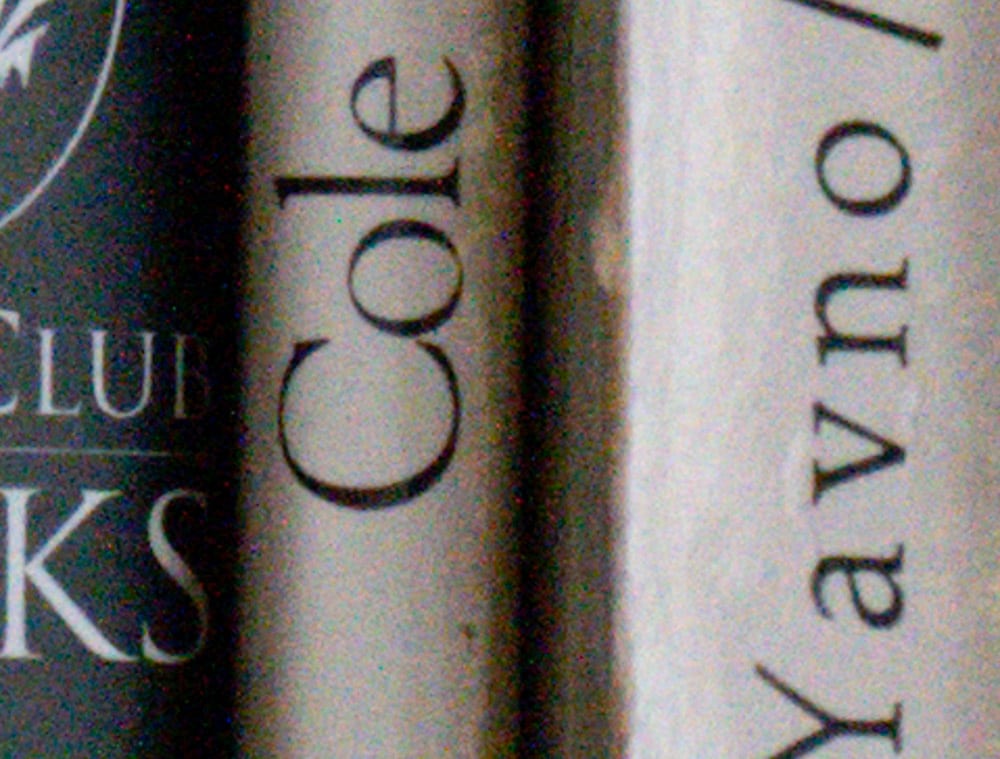
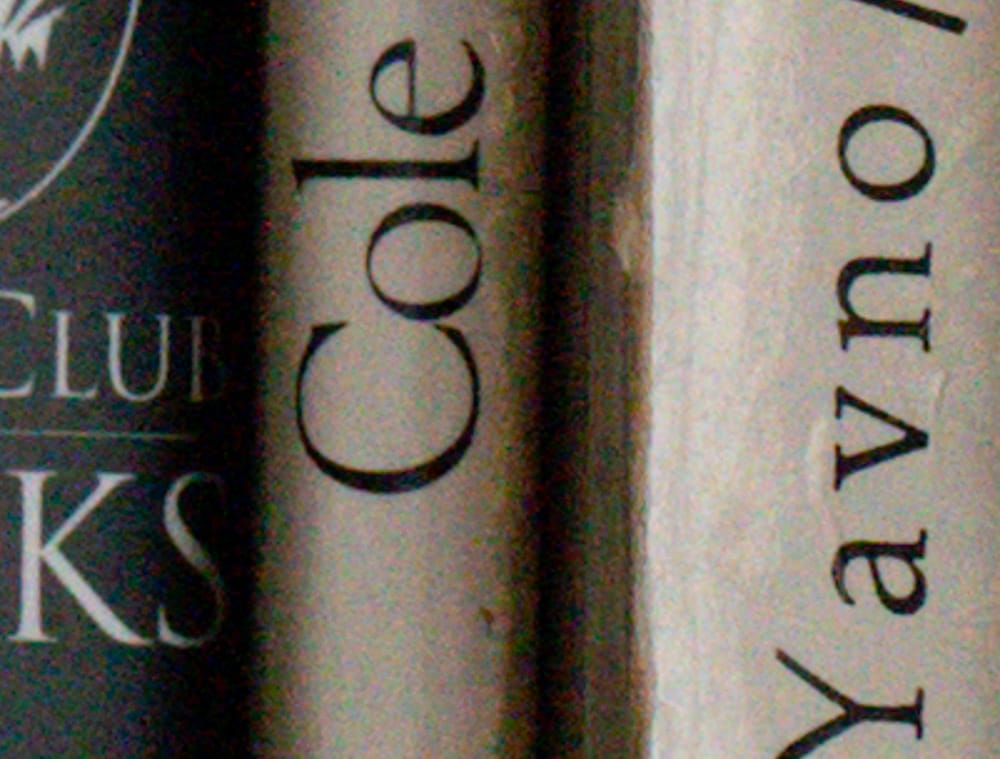
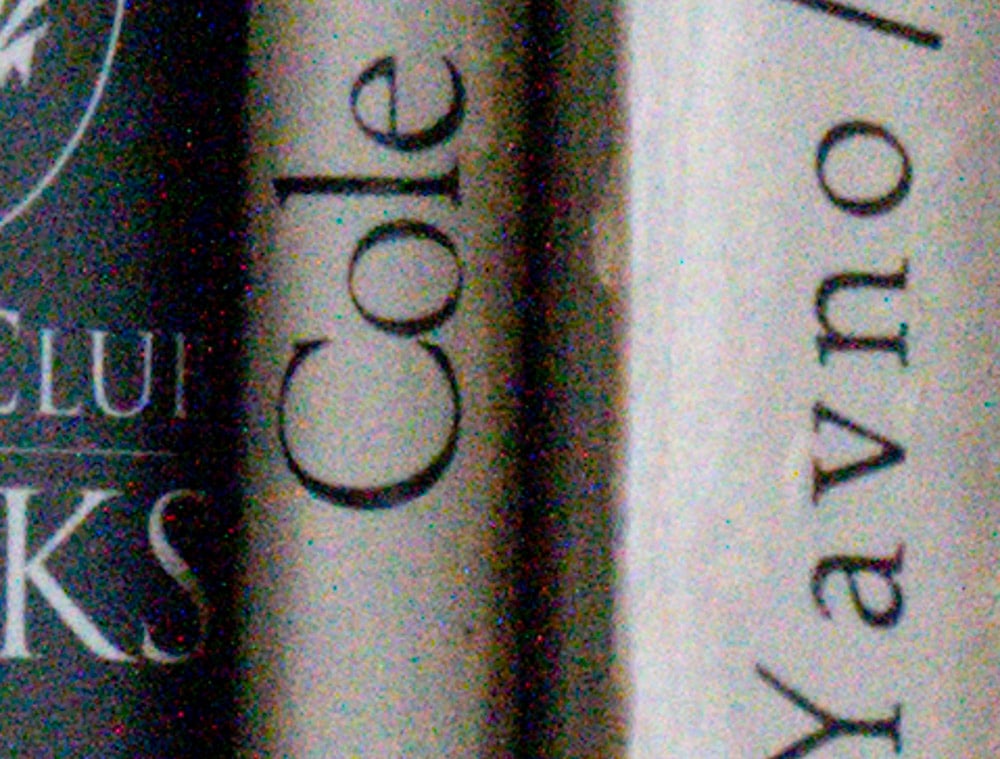
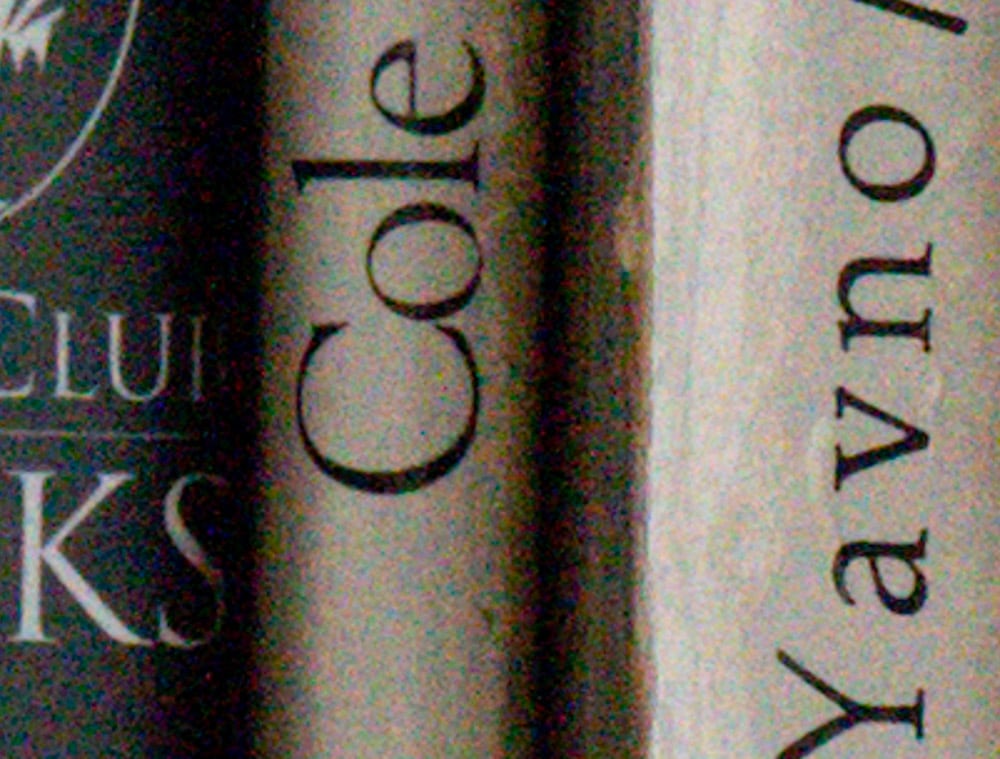
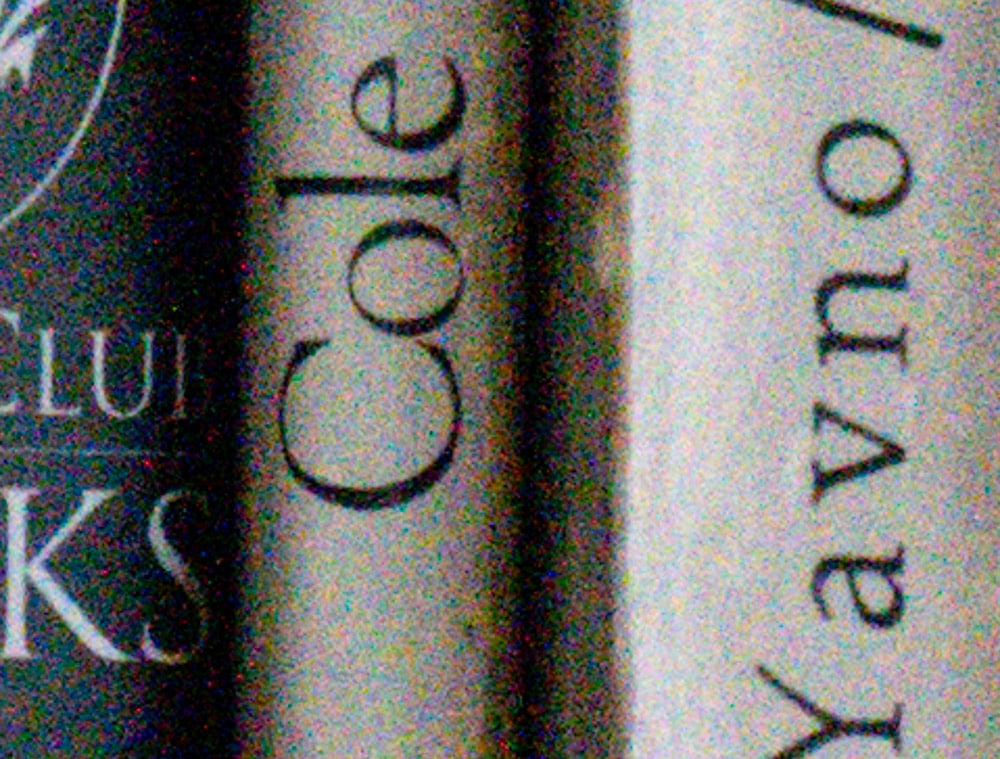
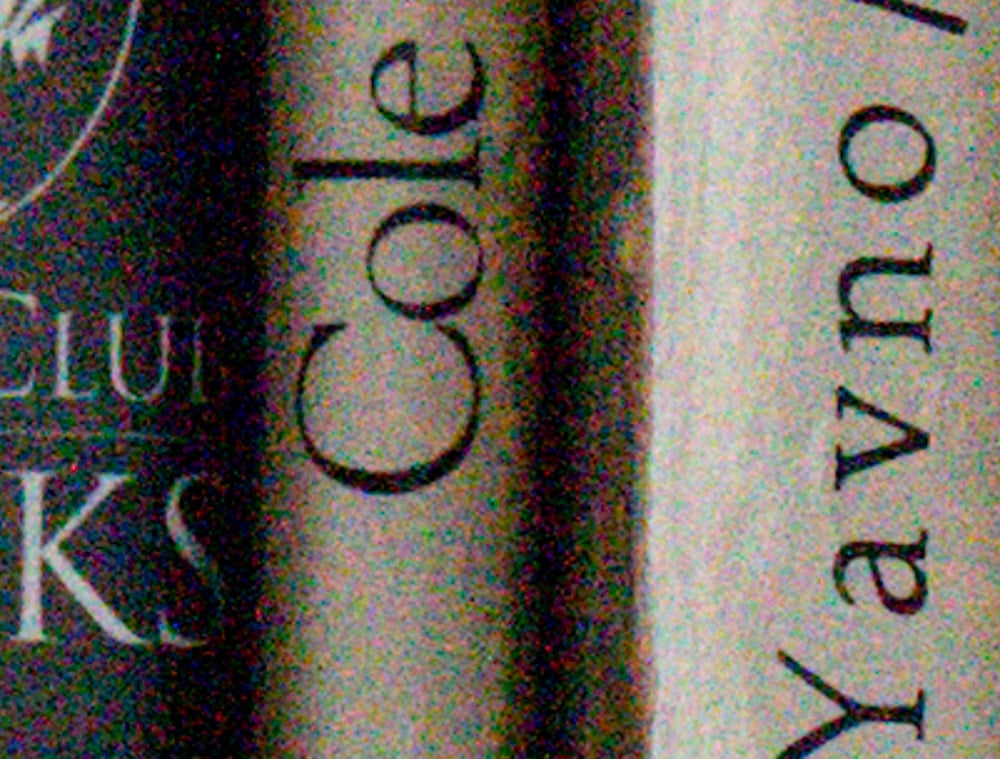
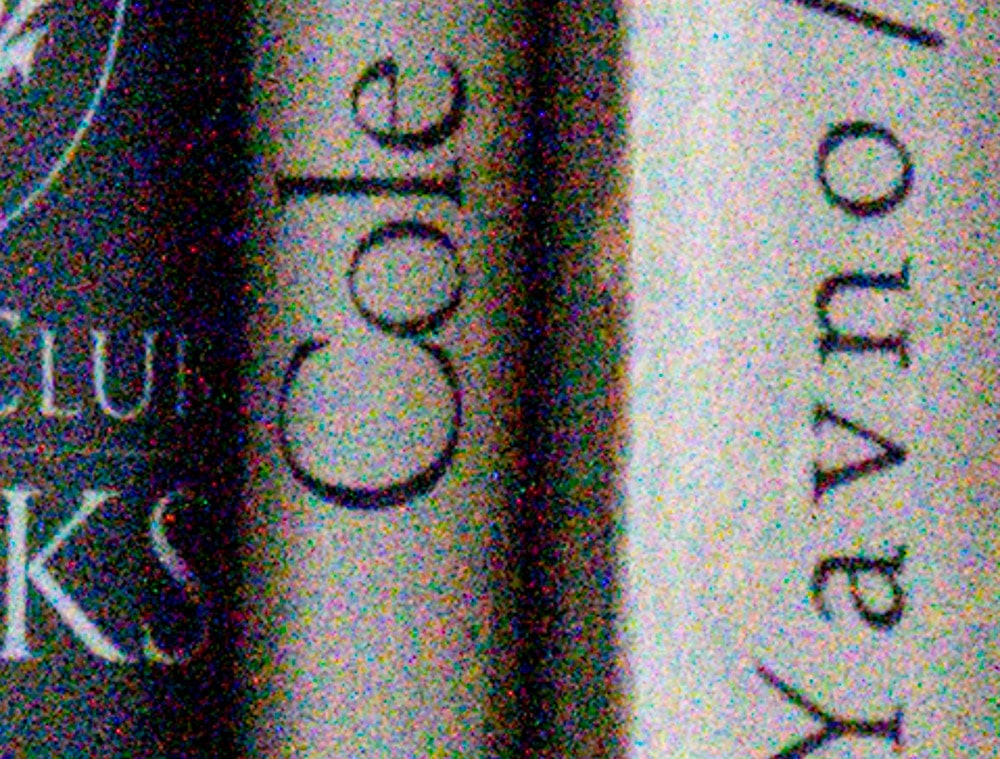
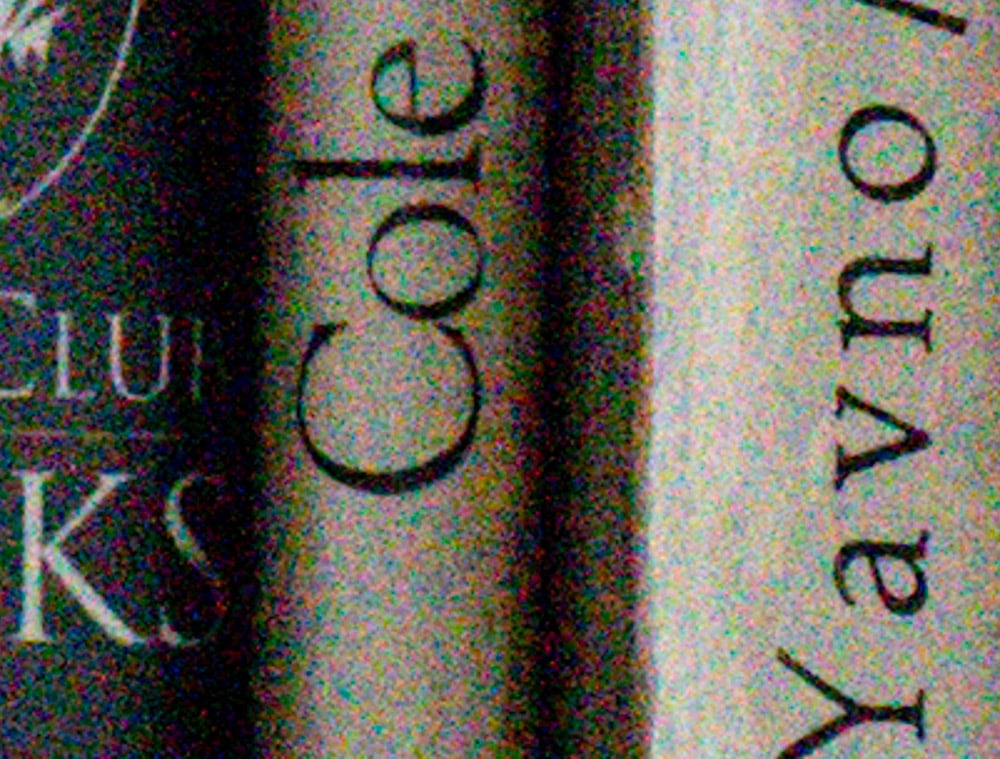
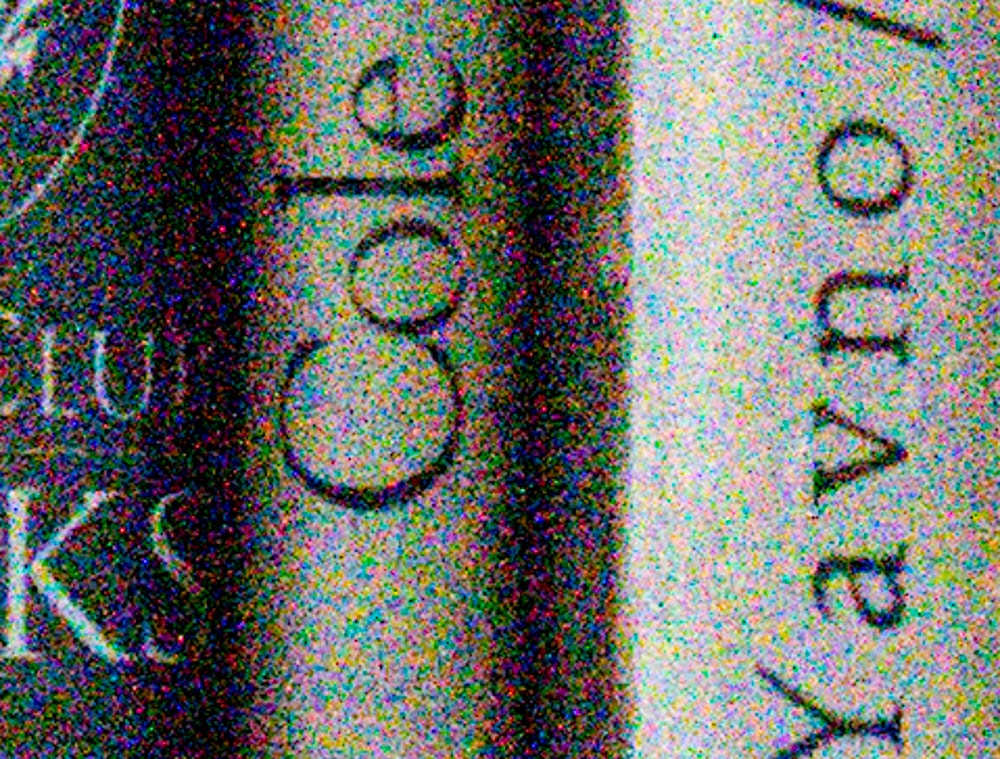
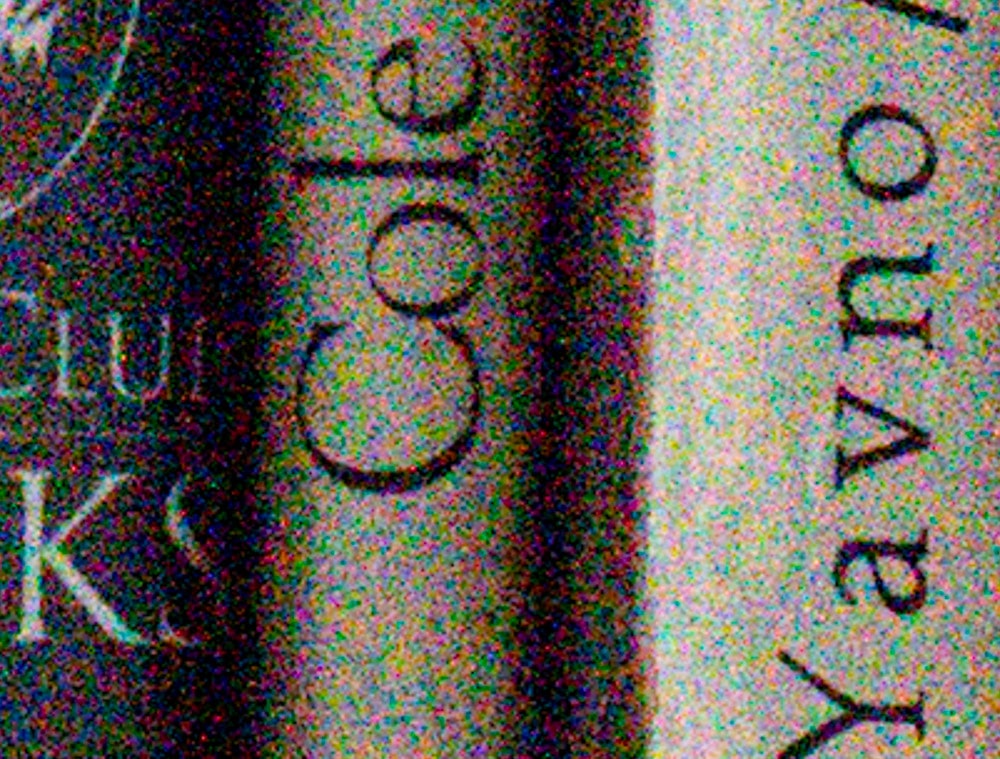
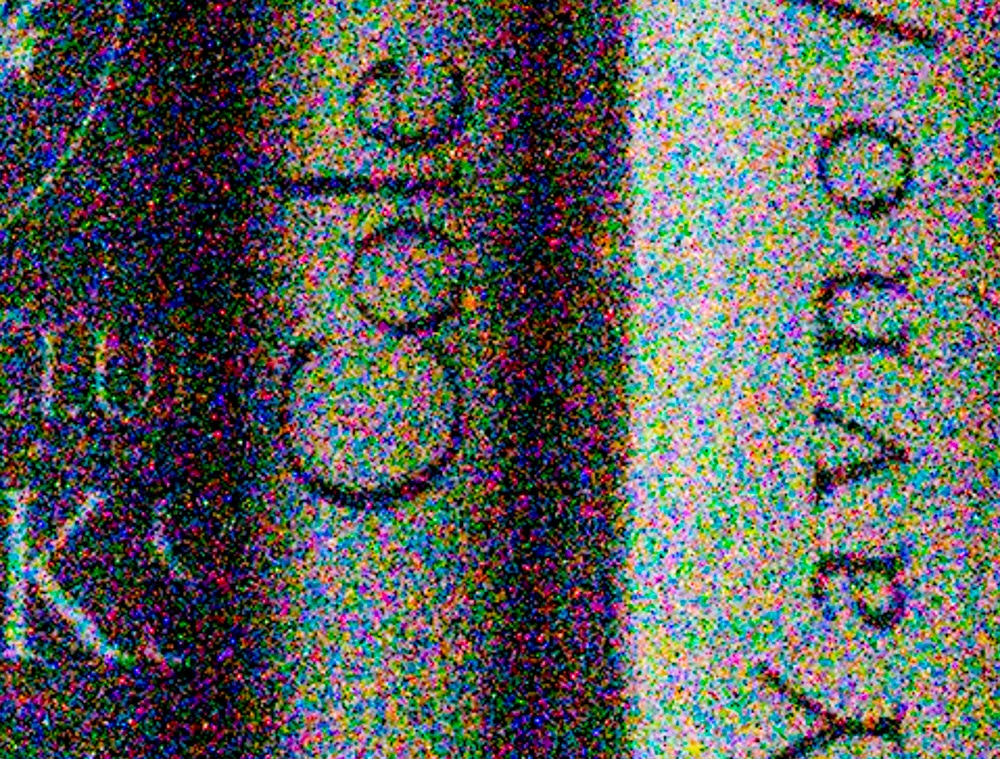
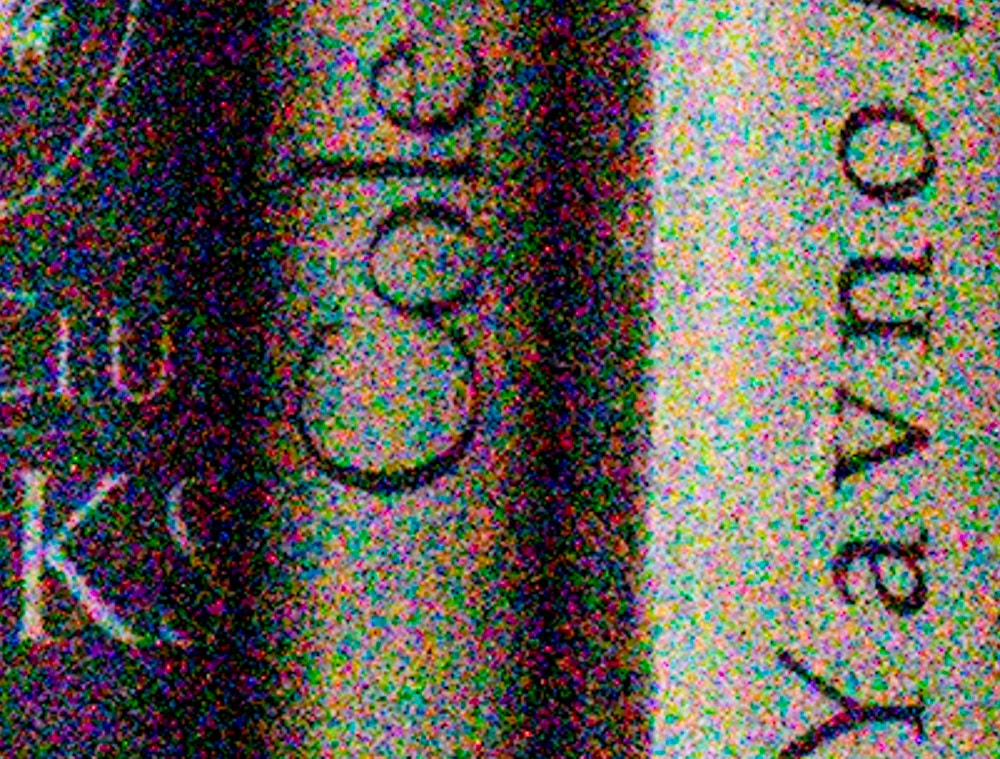
I draw the same conclusions from these visuals as I did from the graphs I posted earlier: the a7RIV has only small advantage in shadow noise at a few ISO settings, a disadvantage at some, and the differences are not consequential to normal photography.
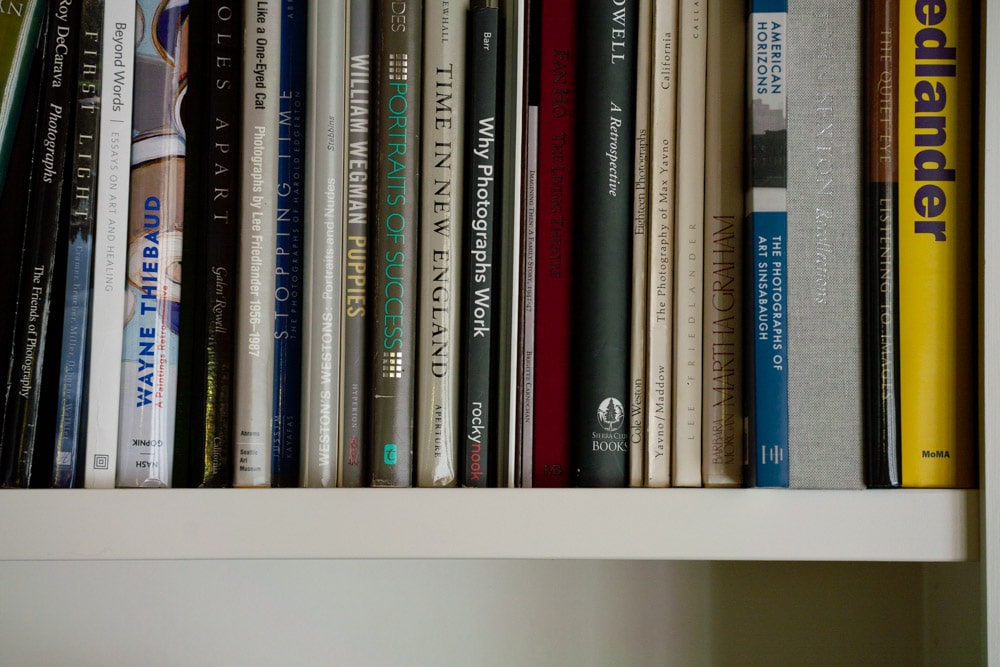
I agree with your conclusion, Jim. (Slightly confounding is that your focus plane appears slightly different for the A7R3 vs. the A7R4, pardon my nit-picking, but the R3 seems to be focused on the Max Yavno book, the R4 on the gray Sierra Club book to the left; but I don’t think it materially affects the issue).
IQ being not only about shadow noise, but also resolution and minimization of aliasing and banding (thank you for your investigations of those things), I think the A7Riv certainly takes the lead in full frame I.Q. (for now). Add in the various functionality and ergonomic improvements over previous models in the A7R(_) series, and I think it’s generally a win.
I’d still very much like to see focus bracketing built in — I think it’s absurd that it’s not included on a $3500 camera, when it can be had on a $500 Micro Four-Thirds one. Sony ought to be able to add it, and should, as a firmware update. Unless they can’t, easily, because there’s some bad software engineering in Sony’s lens control code. Focus incrementation (of some sort) is supposedly posible via the Sony remote control. And since the cameras and lenses have to be capable of a final contrast-detect “fine-tuning”, they ought to be capable of a small focus increment that would form the basis for a focus bracketing routine. But maybe with current Sony microcode, might there be no way to call a very small incrementation from outside of the final C-D fine-tuning (or remote-control) routine(s)? (Using the Techart adapter to mount the Sony 90 to the Nikon Z, you previously said you weren’t able to achieve sufficiently-small steps for focus stepping; I wonder if that’s relevant to the absence of focus-bracketing on Sony cameras, or just a peculiarity of the 90mm macro lens, or of the Techart?)
You’re right about the focus. I didn’t obsess over it — or shoot three supposedly identical series like I sometimes do — because I didn’t think that image sharpness was the point of the test.
I have that remote, but I have yet to test out that feature of it.
I own the riv and find it much less sharp and much more noisier than the riii. It is by far not as crisp as the riii was. Your test results don’t confirm this. How was your initial reaction to the riv photos? Did you have a similar feeling?
My experience is nothing like yours. My camera is about 20% higher resolution than my a7RIII.
https://blog.kasson.com/a7riv/does-the-a7riii-resolve-better-than-the-a7riv/
https://blog.kasson.com/a7riv/sony-a7riii-vs-a7riv-resolution-part-2/
https://blog.kasson.com/a7riv/sony-a7riii-vs-a7riv-resolution-part-3/